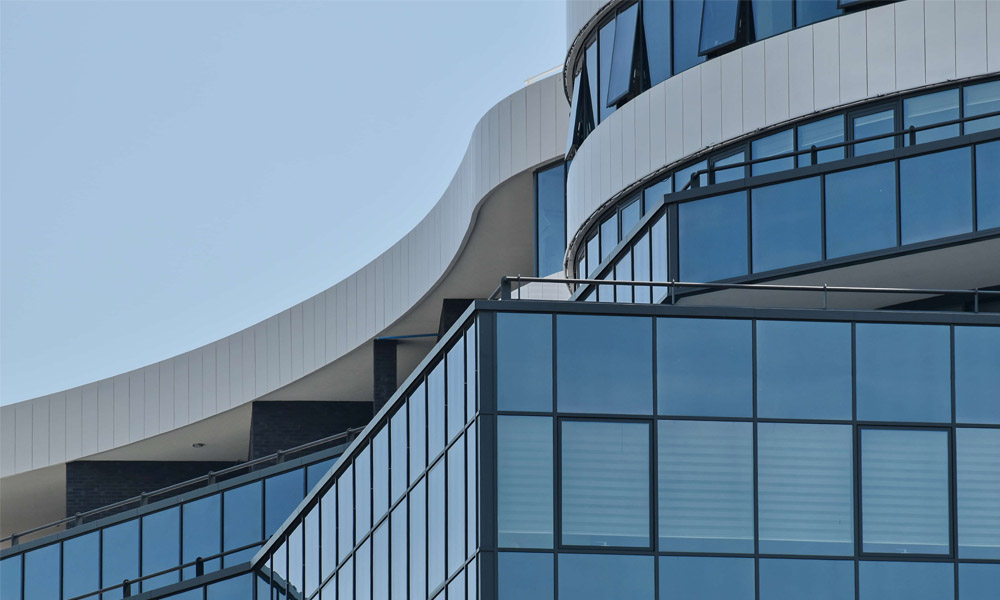

The Benefits of Sealed Insulating Glass in Modern Architecture
Sealed insulating glass, commonly referred to as double or triple glazing, is an essential component in contemporary architecture that innovatively addresses energy efficiency, noise reduction, and aesthetic appeal. This architectural feature not only enhances the functionality of buildings but also contributes significantly to sustainable practices in construction.
At its core, sealed insulating glass consists of two or more panes of glass separated by a spacer and sealed around the edges. The space between the panes is typically filled with inert gases like argon or krypton, which significantly reduces thermal transfer. This insulation property plays a pivotal role in maintaining indoor temperatures, leading to substantial energy savings. According to studies, buildings utilizing insulated glass can reduce heating and cooling costs by up to 30%. This efficiency not only benefits homeowners but also contributes to a reduction in greenhouse gas emissions, making sealed insulating glass a crucial element in the fight against climate change.

Moreover, sealed insulating glass offers remarkable sound insulation
. The multiple layers of glass and the air space between them work to dampen external noise, creating a more serene indoor environment. This is particularly advantageous in urban areas where noise pollution can be a significant issue. By incorporating sealed insulating glass into their designs, architects can create peaceful living spaces that ensure comfort and tranquility for occupants.From an aesthetic standpoint, sealed insulating glass provides versatility and elegance to architectural designs. It allows for larger windows and glass facades that maximize natural light while minimizing heat loss and glare. The visual appeal of expansive glass surfaces enhances the aesthetic value of buildings, making them more attractive to potential buyers and tenants. Additionally, advancements in technology have led to the development of low-emissivity (Low-E) glass, which reflects infrared light while allowing visible light to pass through. This innovation not only enhances energy efficiency but also contributes to the overall beauty of glazed surfaces.
In conclusion, sealed insulating glass is an indispensable feature in modern architecture, offering a multitude of benefits including energy efficiency, sound insulation, and aesthetic value. As architects and builders increasingly prioritize sustainability and comfort, the popularity of sealed insulating glass is expected to rise, leading to greener, more efficient building practices. By investing in this technology, we can pave the way for a more sustainable future in our urban landscapes.